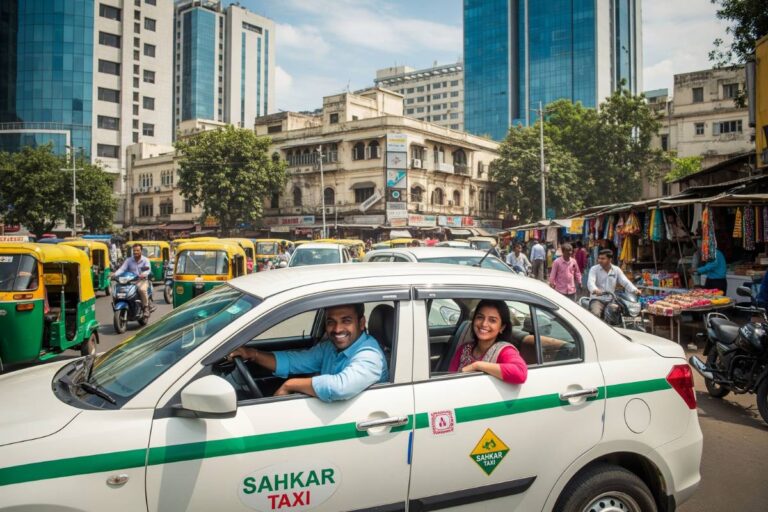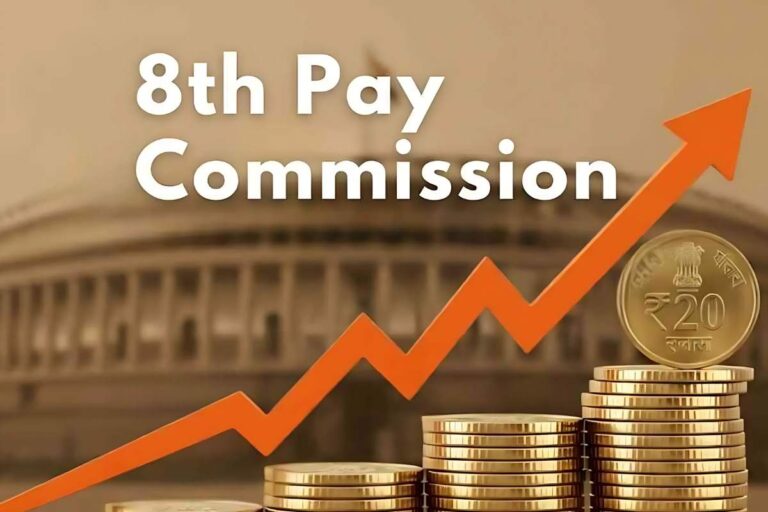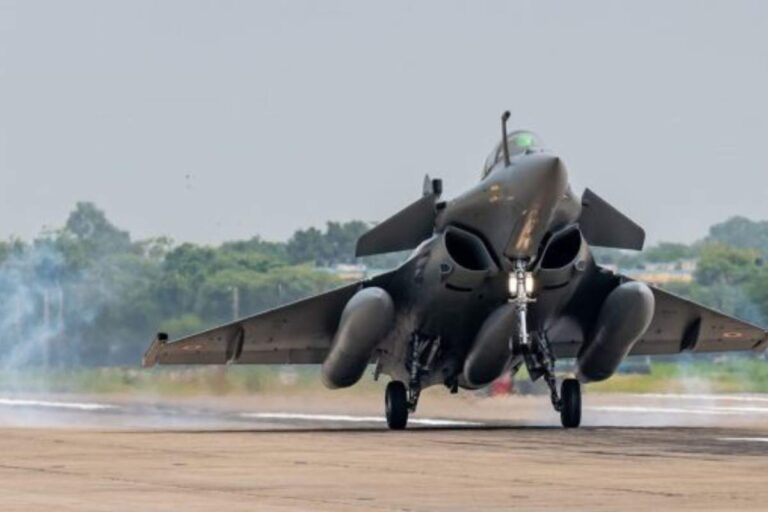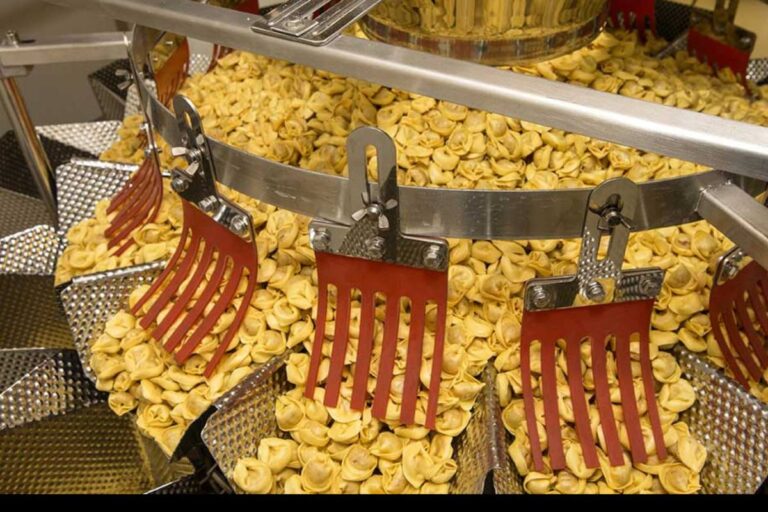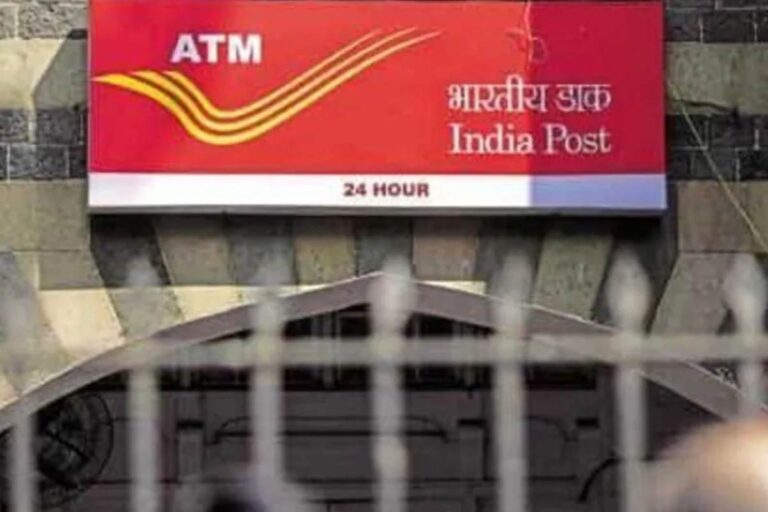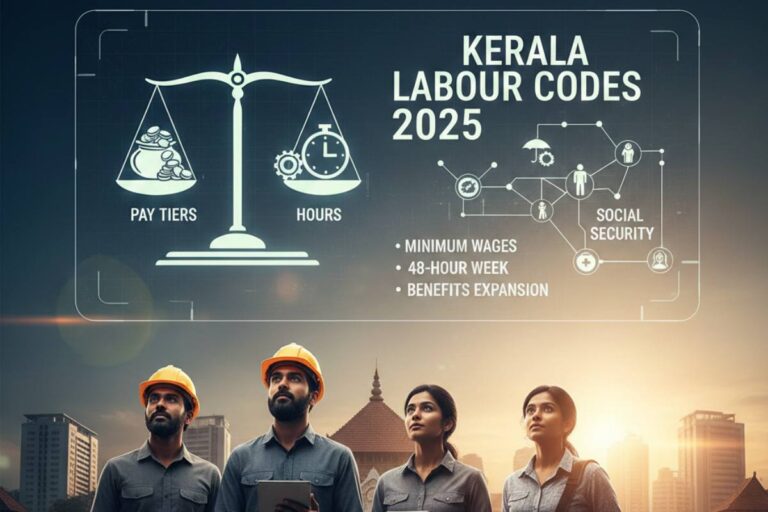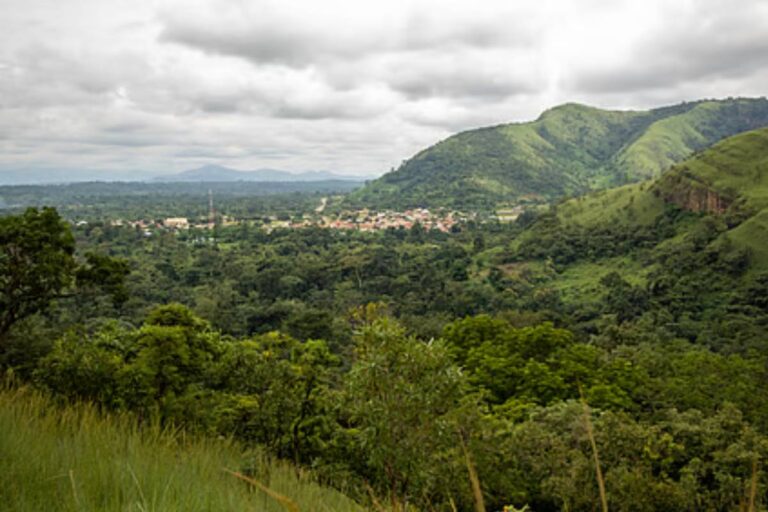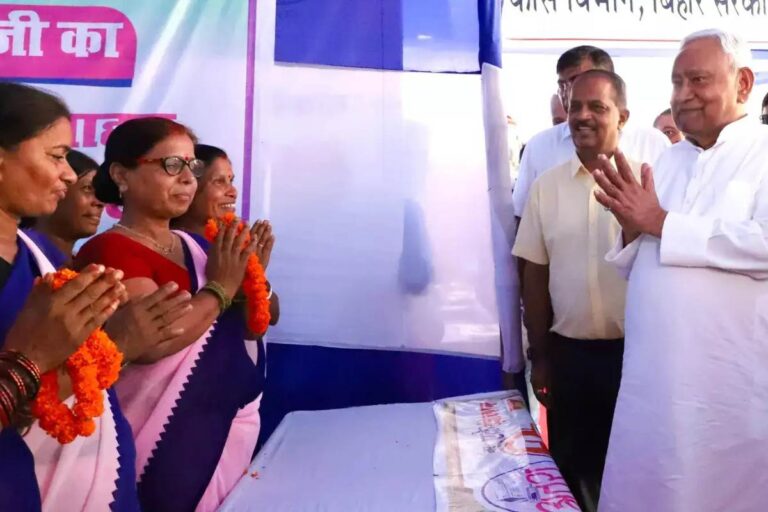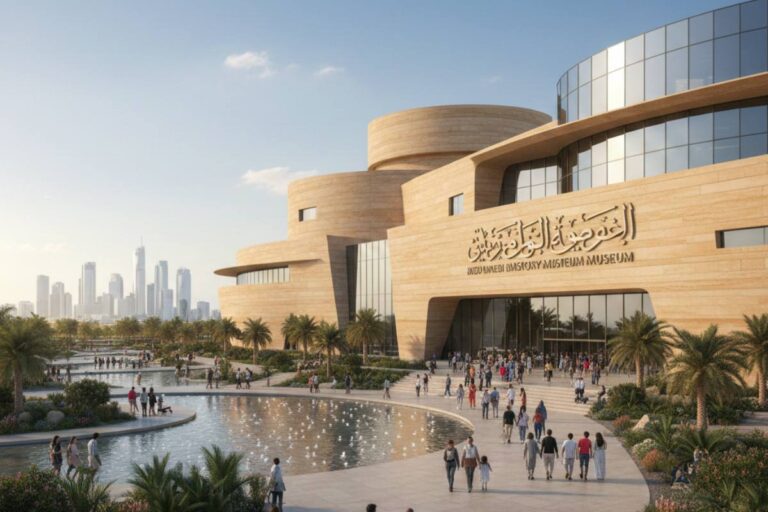Farmers in India, especially those working on small and marginal holdings, often face challenges that, if I’m honest, go well past “just another bad season.” Fluctuating weather, unpredictable market prices, and rising input costs: these, and more, have haunted agricultural households for decades. Enter the PM-Kisan Samman Nidhi Yojana. Since its launch in 2019, this flagship government scheme has pumped direct financial support into the hands of eligible Indian farmers. And today, believe it or not, the 20th installment has just been released.
Short recap? We’re talking about Rs. 6,000 a year, split into three payments of Rs. 2,000 each, dropped directly into the bank accounts of nearly 10 crore farming families. No middlemen. No delays. And if all the paperwork is in order, the money comes like clockwork. Well, almost.
PM-Kisan 20th Installment Payment, Key Facts
- Date of Release: August 2, 2025
- Released By: Prime Minister Narendra Modi (live from Varanasi)
- Total Disbursal: Rs. 20,500 crore
- Beneficiaries: Nearly 9.7 crore farmers nationwide
- Installment Amount: Rs. 2,000 per farmer per cycle
- Mode: Direct Benefit Transfer (DBT) to Aadhaar-linked bank accounts
Notably, this release pushes the program’s total payout since inception well past Rs. 3.69 lakh crore. That’s a number with twelve zeros, if you’re counting.
What is PM-Kisan and Why Was It Launched?
Launched in February 2019, but with an effective start date of December 1, 2018, the Pradhan Mantri Kisan Samman Nidhi Yojana (that’s a mouthful, so “PM-Kisan” for short) was designed to provide regular income support to those who grow the nation’s food. Initially, it focused on small and marginal landholders, those with up to 2 hectares. But, funny thing, it quickly got expanded (from June 2019 onward) to include all eligible land-holding farming families in India, regardless of holding size.
Main Aim:
- Boost farm income
- Support agricultural inputs and domestic needs
- Reduce the risk of debt
- Promote timely investment and proper crop health
And yes, “family” here means husband, wife, and minor children (those under 18), all jointly owning cultivable land as per official records.
Who Actually Gets the Money? PM-Kisan Eligibility Rules
You’d think “all farmers” would mean everyone out there on the land, right? Not quite. The government has laid out very specific eligibility criteria, and, just as important, exclusions.
Eligibility
- The applicant must be part of a “landholding farmer family.” That means their names are on the land records.
- The land must be classified as cultivable and held in the family’s name as recognized by state/UT records.
- Both small and large holdings are eligible; the size doesn’t limit eligibility anymore.
- The cutoff to determine landholding status was fixed at February 1, 2019; changes after that, for eligibility, don’t really count for five years.
- The support goes to the Aadhaar-linked bank account of the head of the family.
Exclusions: Not Everyone Qualifies
Certain groups are left out, deliberately, and with good reason, according to policy:
- Institutional Landholders: Entities or companies holding land, rather than families.
- High-Income Households: If even one member fits these:
- Holds, or held, a constitutional post
- Is a Minister (central/state), member of Parliament or state legislatures, mayor, or district panchayat chairperson
- Serving or retired officers and employees of central/state government offices, PSUs, or autonomous government institutions (except Class IV/Group D)
- Retired persons drawing a monthly pension of Rs. 10,000 or more (again, Class IV/Group D excluded!)
- Paid income tax in the last assessment year
- Professionals (doctor, engineer, lawyer, architect, CA) actively practicing and registered with professional bodies
- Non-resident Indians (NRIs) as per the Income Tax Act
- Holds, or held, a constitutional post
So, in short: The scheme aims its support at working, lower- and middle-income farm families, not the wealthy or government officials.
How the Money Gets to Farmers: The Payment Structure
Let’s break down the key numbers and timeline:
Total Sum and Frequency
- Rs. 6,000 annually per eligible family
- Split into three equal installments of Rs. 2,000
- Disbursed every four months (typically: April–July, August–November, December–March)
Timeline Snapshot (Recent Years)
| Installment No. | Amount | Release Date |
| 20th | Rs.2,000 | August 2, 2025 |
| 19th | Rs.2,000 | February 24, 2025 |
| 18th | Rs.2,000 | October 5, 2024 |
| 17th | Rs.2,000 | June 18, 2024 |
And so it goes, right back to that first payment in February 2019.
The August 2025 Release: What’s New This Time?
The 20th installment didn’t just mark another payment date. It’s also a milestone, a five-year anniversary, with 9.7 crore beneficiaries in this cycle alone.
Key Details from Today’s Release:
- Prime Minister Narendra Modi personally announced the transfer in Varanasi.
- Total transfer: Rs. 20,500 crore credited directly to farmer accounts.
- This round includes newly added beneficiaries from recent government saturation drives, where officials went village to village to ensure no eligible farmer is missed.
- The government reiterated warnings against fake messages and rumour-mongering, official communications come only from the Agriculture Ministry or the PM-Kisan portal.
Checking Your PM-Kisan Beneficiary Status: A Simple Guide
Have you received your money? Or are you still waiting, wondering if that Rs. 2,000 has landed in your account? Here’s how to check:
Step-by-Step: Status Check Online
- Visit the official PM-Kisan Website.
- Click on “Beneficiary Status” under “Farmers Corner.”
- Enter either your Aadhaar number, account number, or registered mobile number.
- Submit; the system will display your status.
- You’ll see not just if you’re included, but the date and mode of last payment, and even confirm the credited bank account.
- You’ll see not just if you’re included, but the date and mode of last payment, and even confirm the credited bank account.
Or, check the official app for mobile convenience.
Aadhaar Number Status Check
- Direct link for status: Look for ‘Beneficiary Status’ or ‘BeneficiaryStatus_New’ on the PM-Kisan website.
- Enter your Aadhaar number and captcha, click “Get Data”, that’s it.
Village-Wise List
Some prefer to check if their name appears on the beneficiary list for their entire village. To do that:
- On the PM-Kisan portal, find “Beneficiary List.”
- Select your state, district, sub-district, block, and village.
- See the complete, updated roster for your locality.
Still Haven’t Received Payment? Here’s What to Check
First off: Don’t panic if the transfer hasn’t hit your account the very moment the announcement is made. Sometimes, there’s a lag between the official release and actual credit deposit, thanks to the scale of the transaction, banking holidays, or technical scrutiny.
Common Reasons for Payment Delays
- e-KYC Not Completed: The single biggest holdup. If your KYC is “No,” the amount will be withheld.
- Account Linking Error: Bank account not Aadhaar-seeded, name mismatch, or account inactive.
- Data Discrepancy: Mismatch in official records (spelling, date of birth, land records, etc.).
- Eligibility Change: If your income status/tax record has changed, or you now fall under an exclusion group.
- Pending Application: Many regions conducted a self-registration drive to onboard new or previously missed beneficiaries, which led to a brief lag.
Here’s the kicker: if in doubt, cross-check your KYC and registration before calling helplines or visiting the local office.
Why e-KYC is Now Essential, and How to Get It Done
No e-KYC, no payment. It’s that simple. To prevent fraud and ensure the right person receives the benefit (especially when so much money is involved), the government made e-KYC mandatory for all PM-Kisan beneficiaries.
Three Ways to Complete e-KYC:
1. OTP-Based e-KYC (Online Method):
- Have your Aadhaar-linked mobile number handy.
- Visit the PM-Kisan portal.
- Click on the ‘e-KYC’ option.
- Enter your Aadhaar details, receive OTP, and submit.
- Done in two minutes, if all details match.
2. Biometric-Based e-KYC (Offline):
- Go to your nearest Common Service Centre (CSC) or State Seva Kendra.
- Carry Aadhaar card and a registered mobile.
- The staff will guide you through biometric verification.
3. Face Authentication (Mobile App):
- Download PM-Kisan and Aadhaar Face RD app.
- Log in, initiate e-KYC, and scan your face for verification.
- Increasingly popular for the tech-savvy farmer.
Here’s a helpful tip: make sure there’s no mismatch (not even a typo!) between your Aadhaar, bank records, and land documents, unless you enjoy suspense.
Recent Developments and Expansion Drives
Funny thing is, the government keeps pushing to include more who were previously left out. Massive “saturation drives,” sometimes called “Viksit Bharat Sankalp Yatra,” were rolled out to identify all eligible farmers and resolve stuck or pending applications. These special campaigns have already onboarded millions of new beneficiaries just in the past year.
Top Myths, FAQs, and Must-Know Info
Q. Is the scheme only for small/marginal farmers?
No. Since 2019, all landholding farmer families have been eligible.
Q. Can women farmers apply?
Yes, as long as their name is on the land record.
Q. What if I’m a tenant farmer?
Currently, only recorded landholders qualify.
Q. I missed a payment cycle. Is that money lost forever?
Nope. If you complete your documentation now, payments can be processed retrospectively, depending on when eligibility is confirmed.
Q. Can I update bank details or rectify an error?
Absolutely, via the PM-Kisan portal or a CSC. Proof required, and processing takes time.
Q. How long does it take for payment after correction?
Anywhere from days to a couple of weeks, if I’m honest, it depends on data matching and verification speed.
The Road Ahead: Why PM-Kisan Matters More Than Ever
The PM-Kisan journey is far from over. Every payout, while not solving every problem, offers critical cash flow at crucial times, especially before sowing and harvest seasons. As prices, weather, and world events keep rural incomes on edge, programs like these offer a measure of security. Of course, proper targeting and ongoing reforms will remain vital.
So, for 2025 and beyond, the government aims both to expand coverage and tighten systems. Real-time monitoring, grievance redressal, and farmer outreach, plus periodic eligibility audits, are all ongoing.
Final Thoughts: What Should Farmers Do Next?
- Check your status online the day your phone beeps for a credit.
- Complete e-KYC now, don’t wait for the last-minute rush.
- Keep documents updated: Aadhaar, land records, bank details, all must match to the letter.
- If you’re new or unsure about eligibility: Visit your nearest CSC, Department of Agriculture office, or use the PM-Kisan helpline; prompt help is usually available.
- If in doubt, double-check with official sources. Ignore viral WhatsApp rumors.
—
Across the country, nearly 10 crore farm families are waking up to a new installment, and for many, every rupee counts. So if you’re eligible but not on the list, don’t wait: get your paperwork sorted, e-KYC done, and stay tuned for future announcements. Your next payment could be just a few clicks away… or, if I’m honest, a short trip to your local CSC.
For more PM-Kisan updates, status check links, and support, always rely on national agriculture sites, government dashboards, and the official PM-Kisan portal. Stay informed. Stay secure. Your land, your right, your support.









